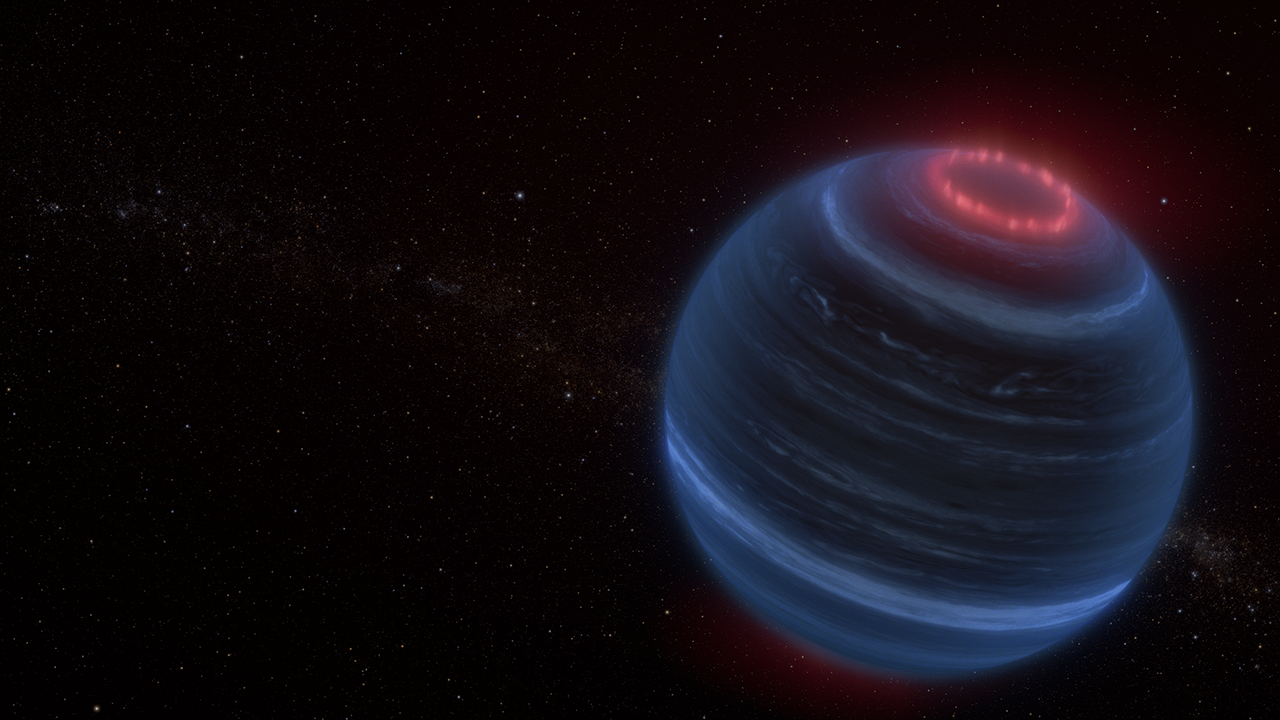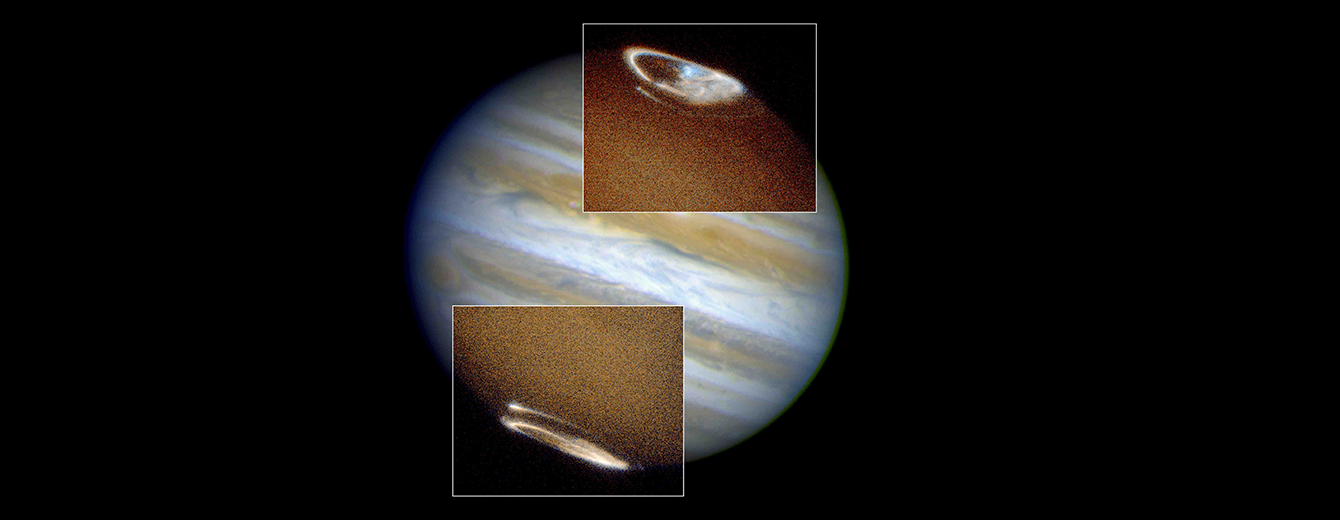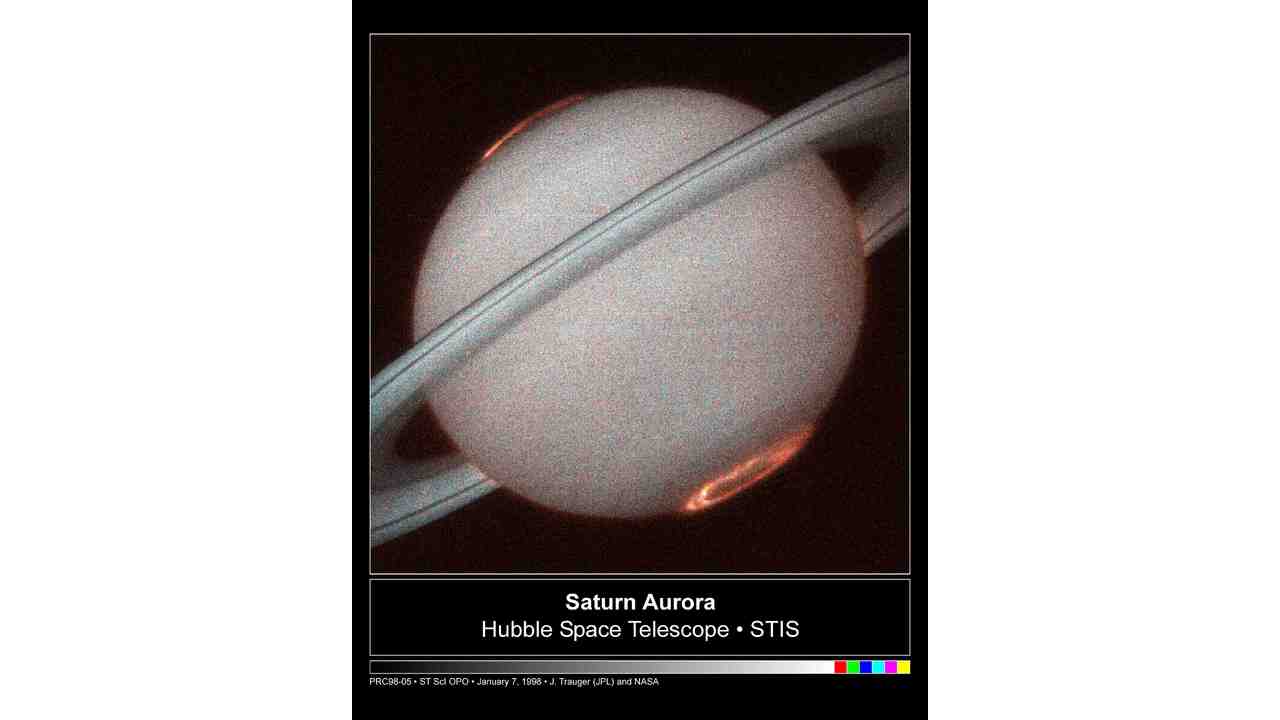
On an isolated, cold brown dwarf 47 light-years away, the James Webb Space Telescope (JWST) picked up the signs of methane. But while the gas isn’t unusual on the gigantic worlds, JWST detected emission from the methane, rather than the usual absorption. Now, researchers think the emission may come from the glowing curtain of an aurora on the failed star.
The find astonished scientists because the brown dwarf, dubbed W1935, resides nowhere near a host star whose wind could create the aurorae, as our Sun does for planets in the solar system. Instead, researchers suspect that a moon nearby could be powering the aurorae instead.
The find is interesting because it is the first time an aurora with methane emission has been seen outside the solar system. It is also the coldest candidate for such an aurora found outside the solar system, with a temperature of 400 degrees Fahrenheit (200 degrees Celsius)
“We knew the JWST data would give us exciting insights into the atmospheres of extrasolar worlds, but I was not expecting to see any emission out of such a cold object,” Jackie Faherty, an astronomer studying brown dwarfs at the American Museum of Natural History in New York, said in a statement. “We figured there had to be extra energy in the atmosphere to get it to happen but were quite puzzled over how and why at first.”
Results from the study were presented last week at the 243rd American Astronomical Society Meeting in New Orleans. The finding could uncover how aurorae manifest on brown dwarfs without the help of a nearby star.
Clues in our solar system
Brown dwarfs are objects whose masses fall between that of planets and stars. They are sometimes called failed stars because they never gained enough mass to ignite the hydrogen fusion process that powers normal stars. W1935 was originally discovered by NASA citizen scientist Dan Caselden. Faherty and her team saw W1935’s strange methane emission as part of a JWST program to observe a set of 12 cold brown dwarfs, which included W1935.
The team used simulations to find that, unlike other brown dwarfs, W1935 has an atmosphere that grows warmer with increasing altitude. This runs opposite to scientists’ expectations, where a brown dwarf’s atmosphere should grow cooler higher up.
Scientists have seen this phenomenon — called a temperature inversion — before, but on planets with a nearby host star like Earth’s sun. Such temperature inversions are present, for example, on Jupiter and Saturn, and could be due to heating from above by aurorae.

But auroras also can appear on other giant planets like Jupiter and Saturn. Methane emissions are spotted on these planets, like on W1935. For Jupiter and Saturn, the waves of light are caused by solar wind and interactions from their moons. Jovian auroras are powered by particles from volcanos on Jupiter’s moon, Io. The charged particles dance along Jupiter’s magnetic field. The Sun and Saturnian moon, Enceladus, create auroras seen on Saturn, but they can only be observed in ultraviolet light.

But aurorae are generally caused by interactions between the charged particles of a solar wind and a planet’s (or brown dwarf’s) magnetic field. Since W1935 does not have a host star to bombard it with solar wind, the team suspects an active moon may be behind the methane emission. Such a moon would need to be active, such as Jupiter’s volcanic satellite Io or Saturn’s ice-spewing moon Enceladus. These moons are known to contribute — in part, at least — to their planet’s aurorae, though the emission is still largely driven by the solar wind.
Faherty and her team plan will further study the cause of W1935’s light show to see whether an active moon alone could cause it. “With W1935, we now have a spectacular extension of a solar system phenomenon without any stellar irradiation to help in the explanation,” Faherty said. “With Webb, we can really ‘open the hood’ on the chemistry and unpack how similar or different the auroral process may be beyond our solar system.”









